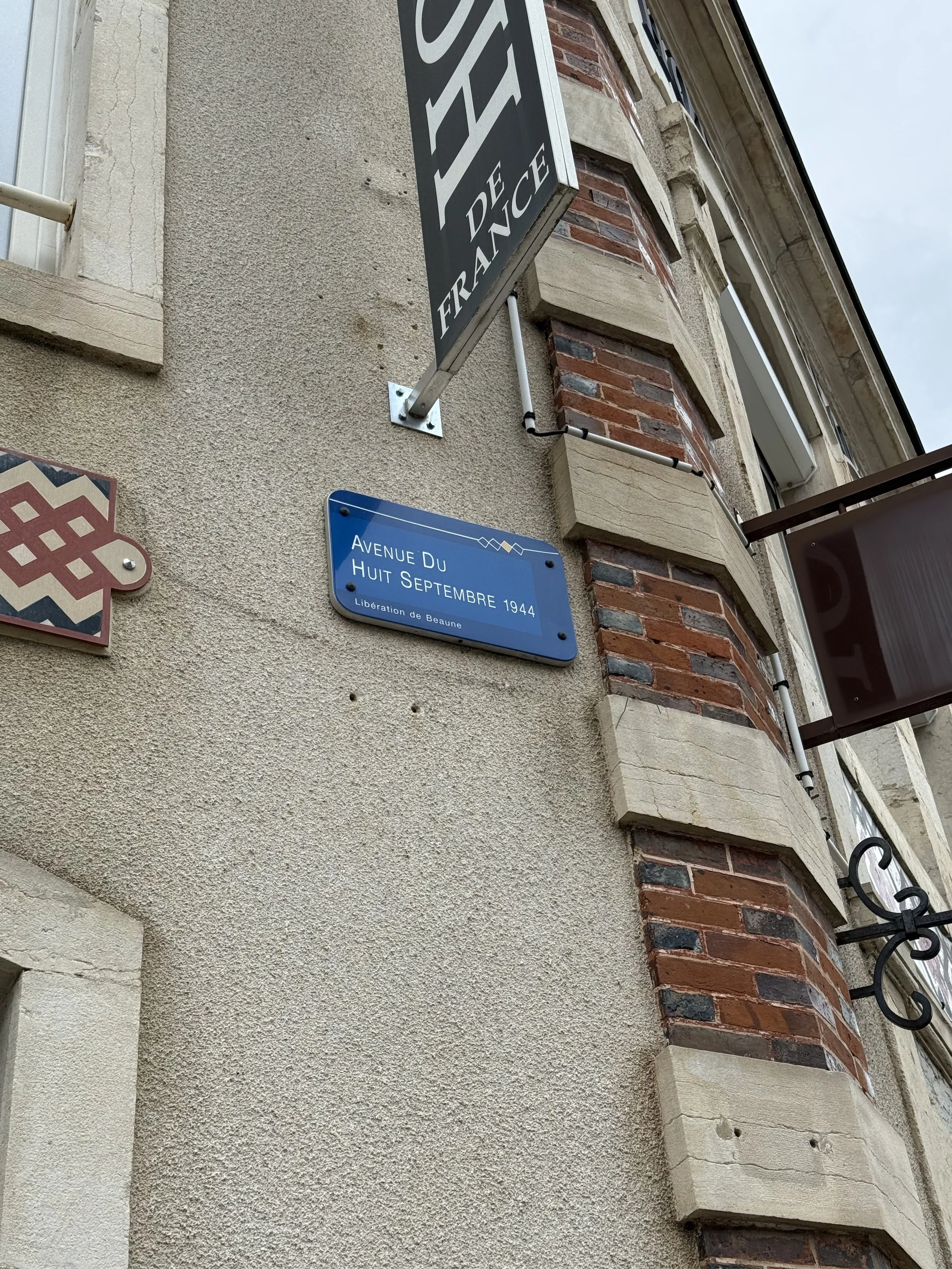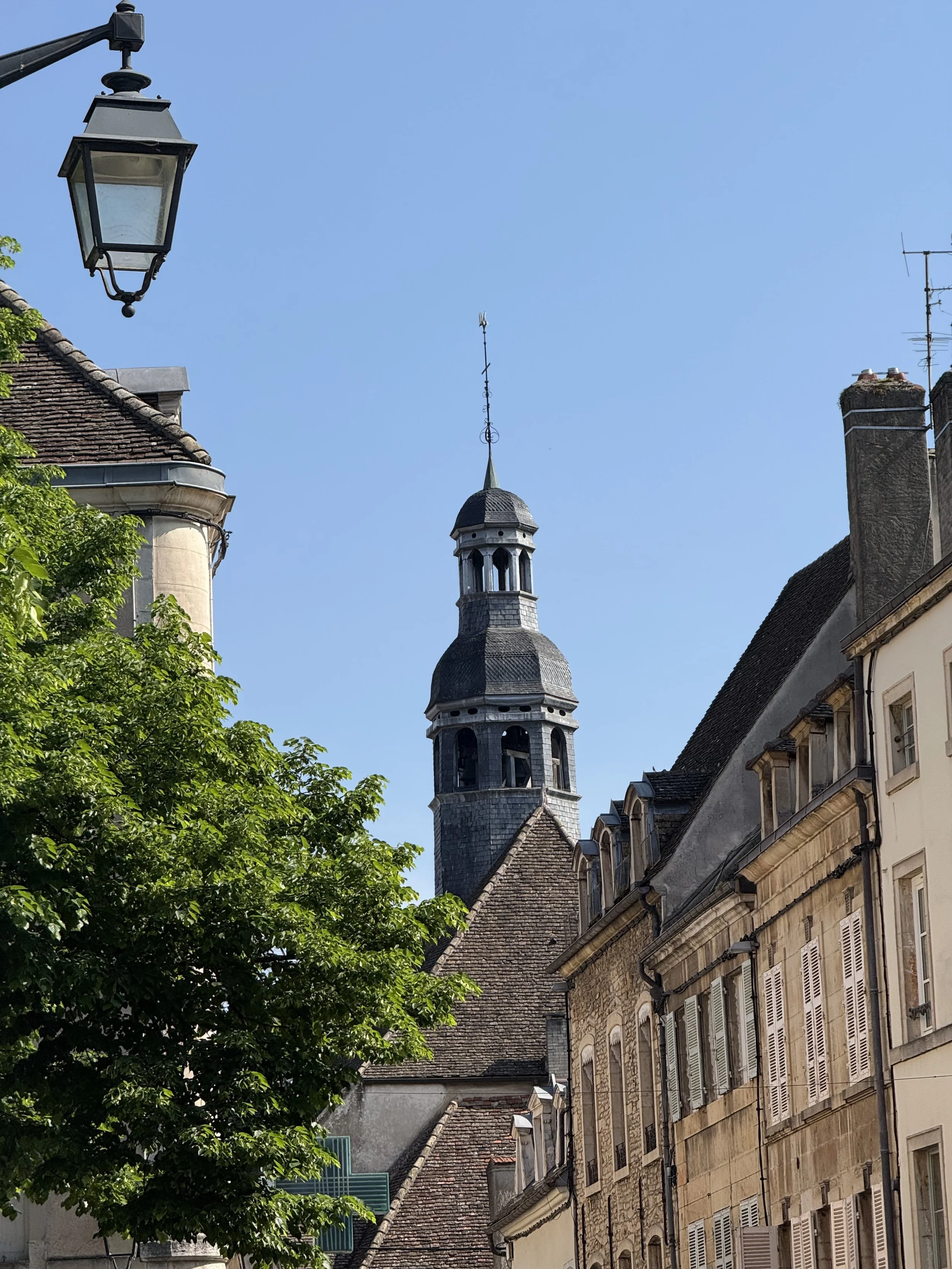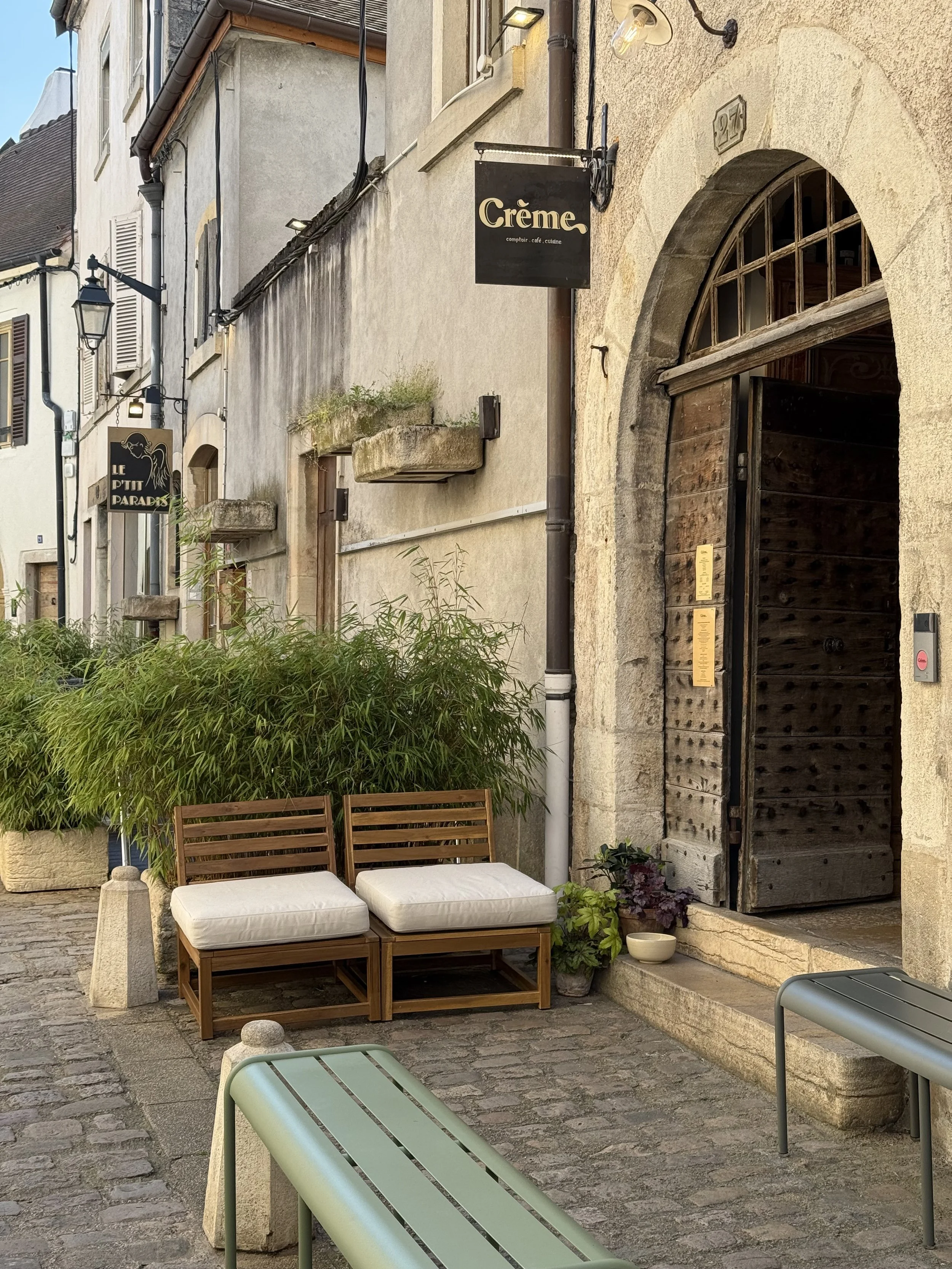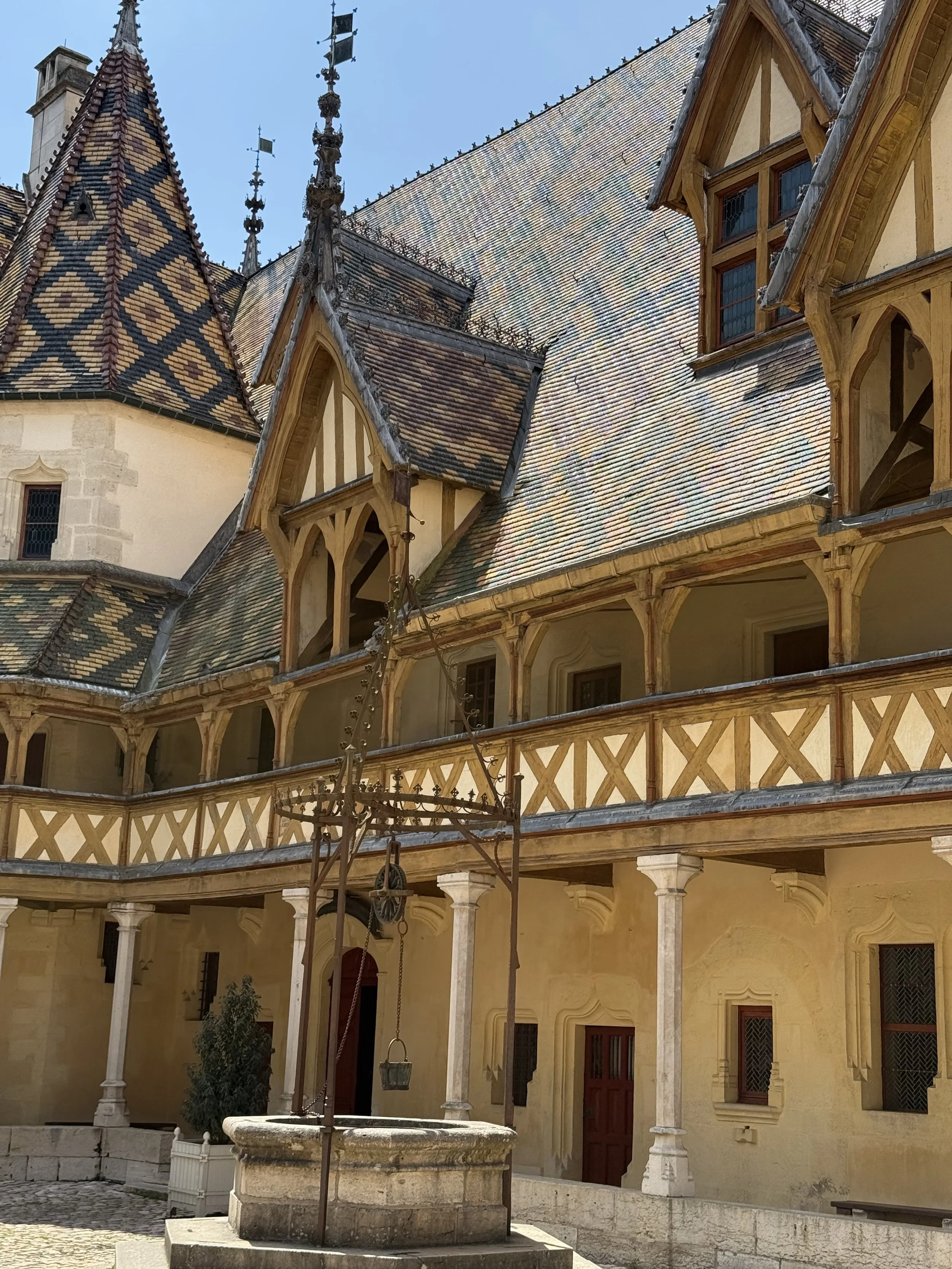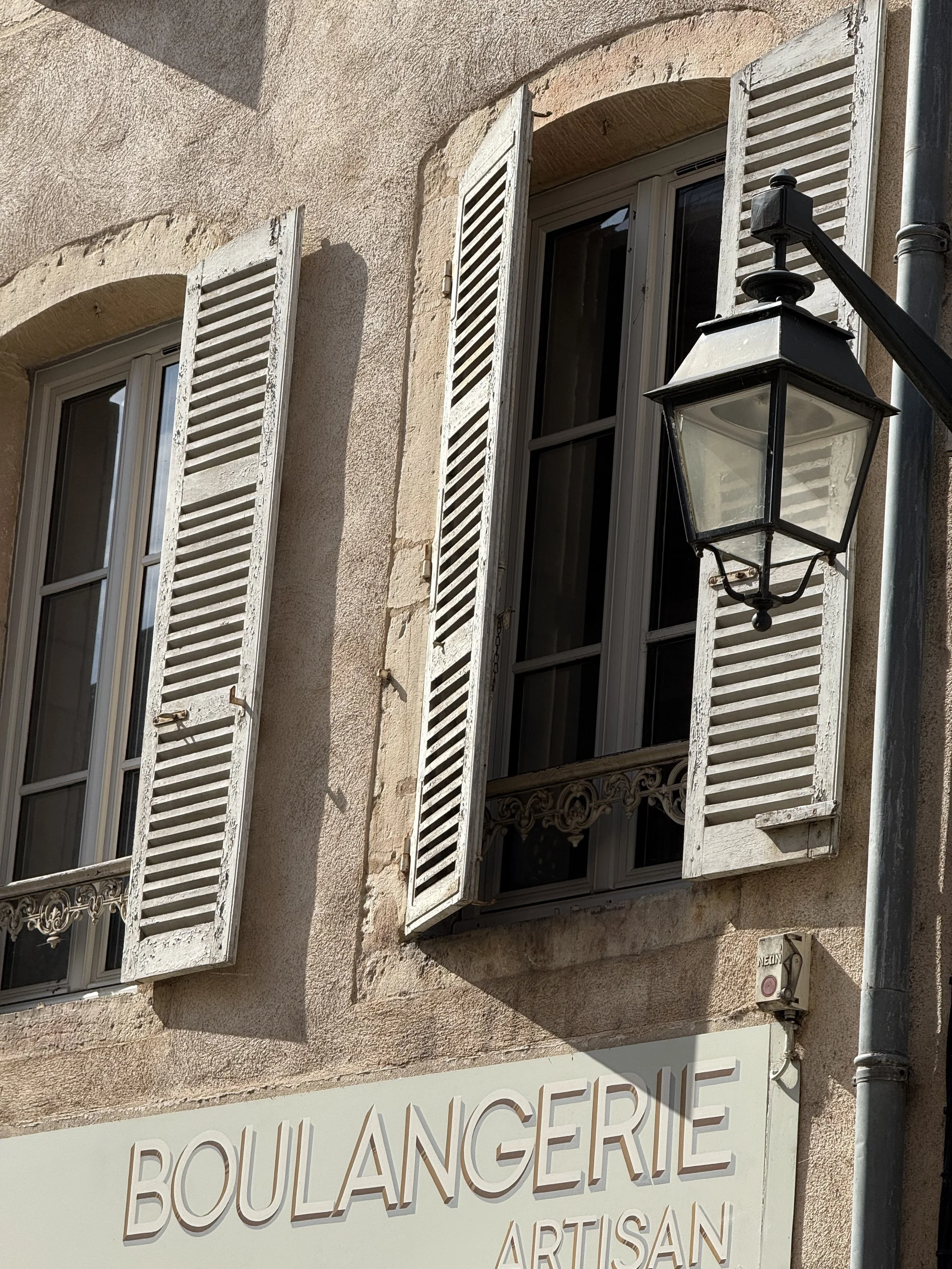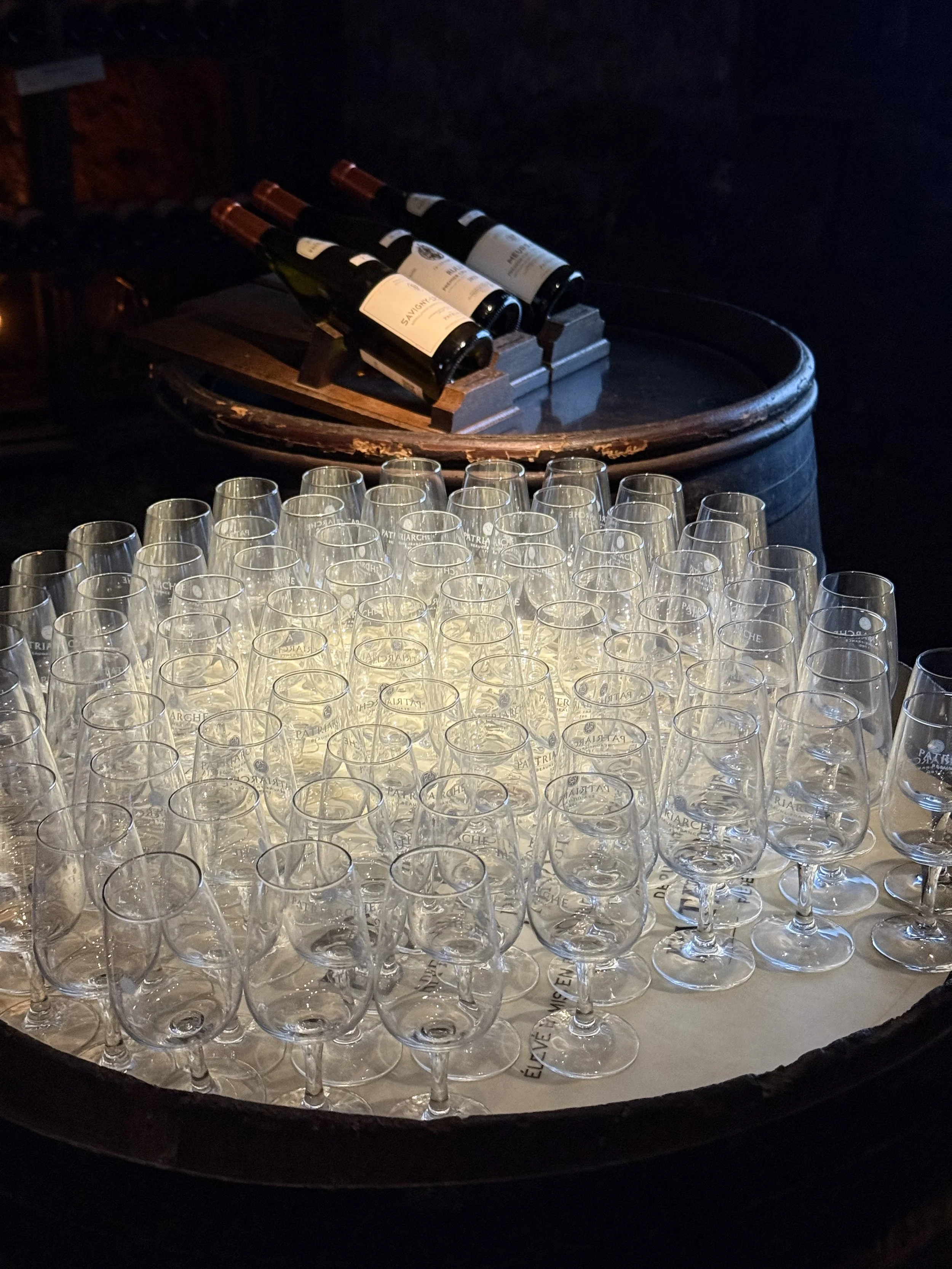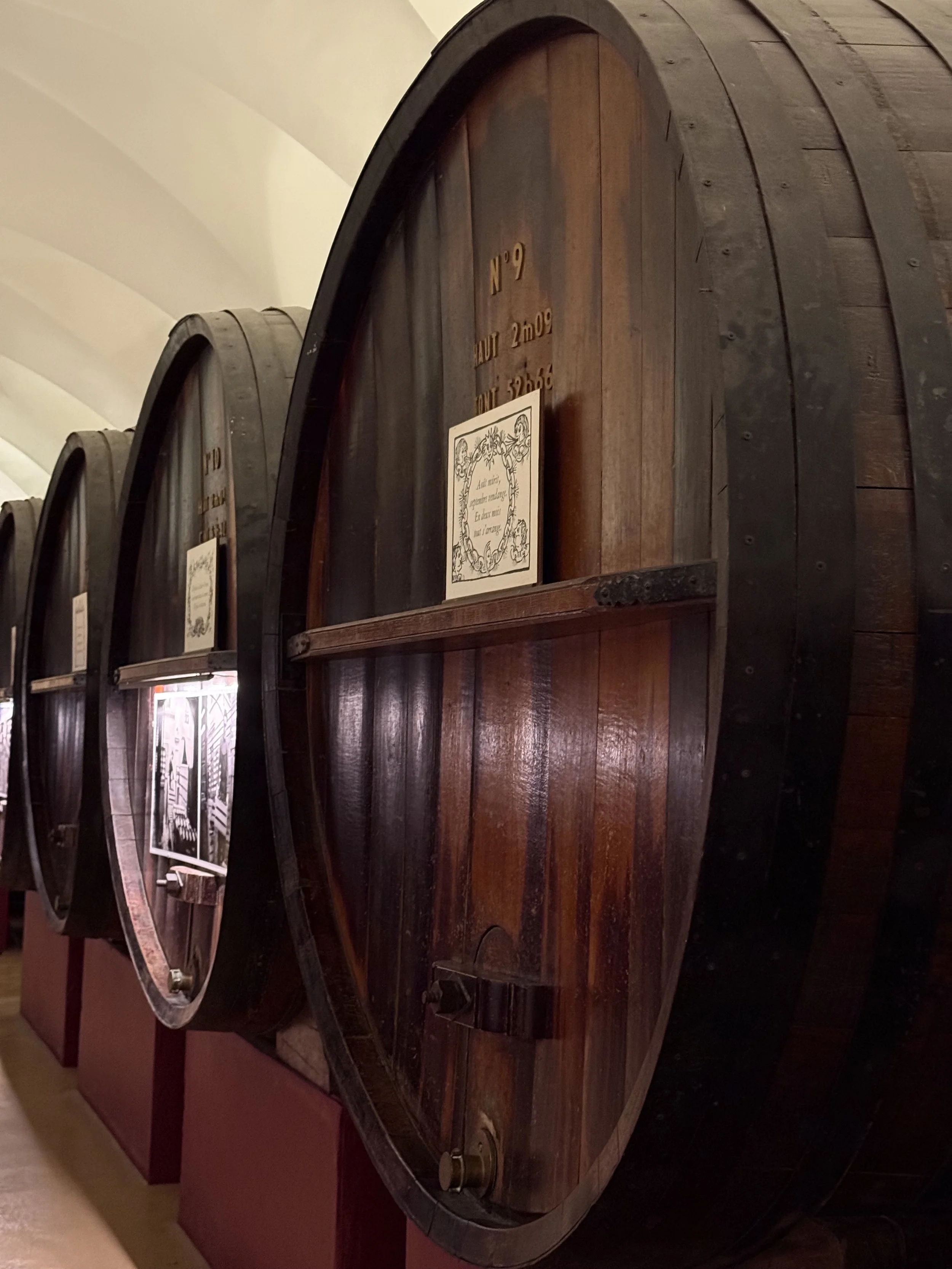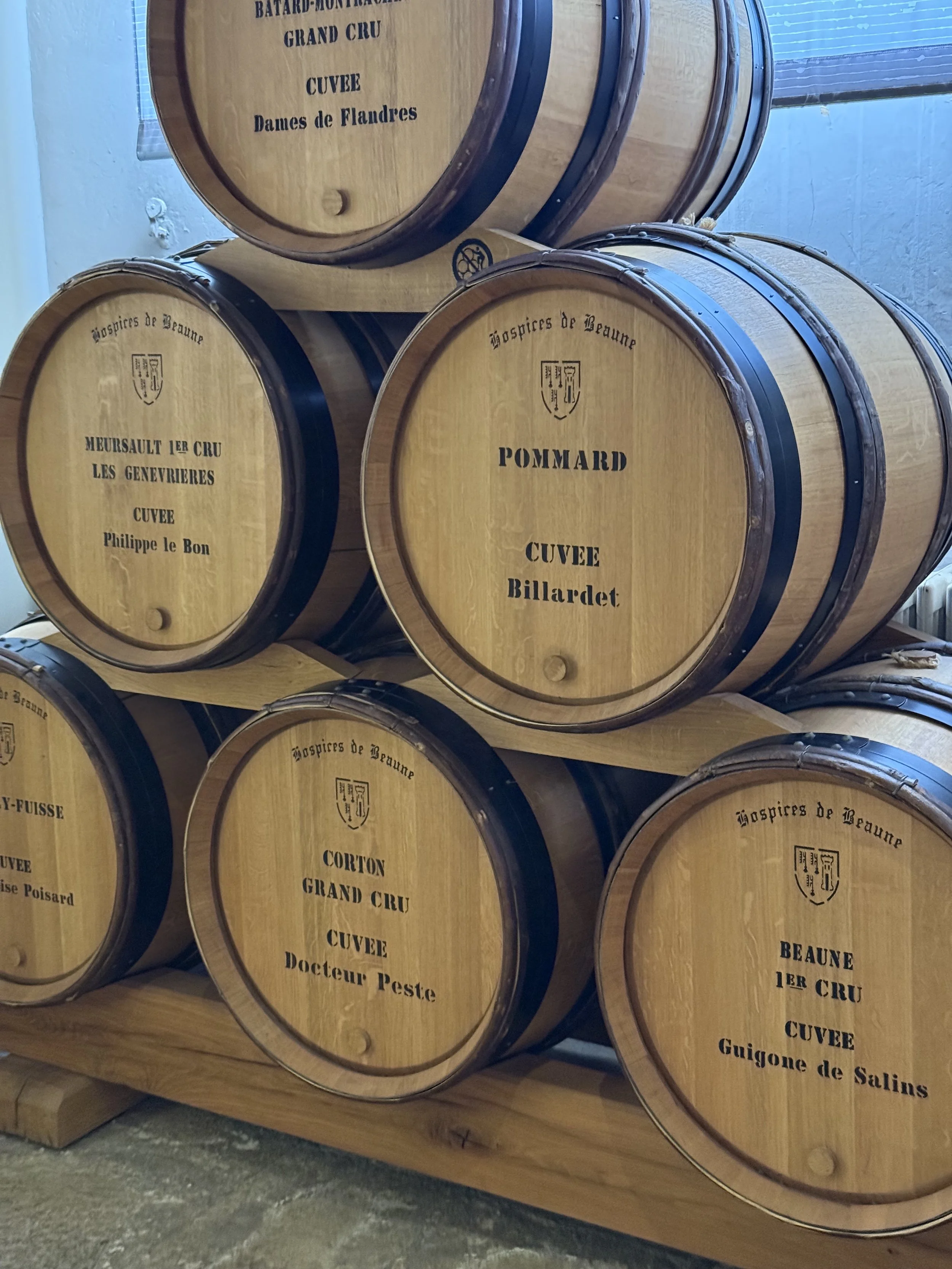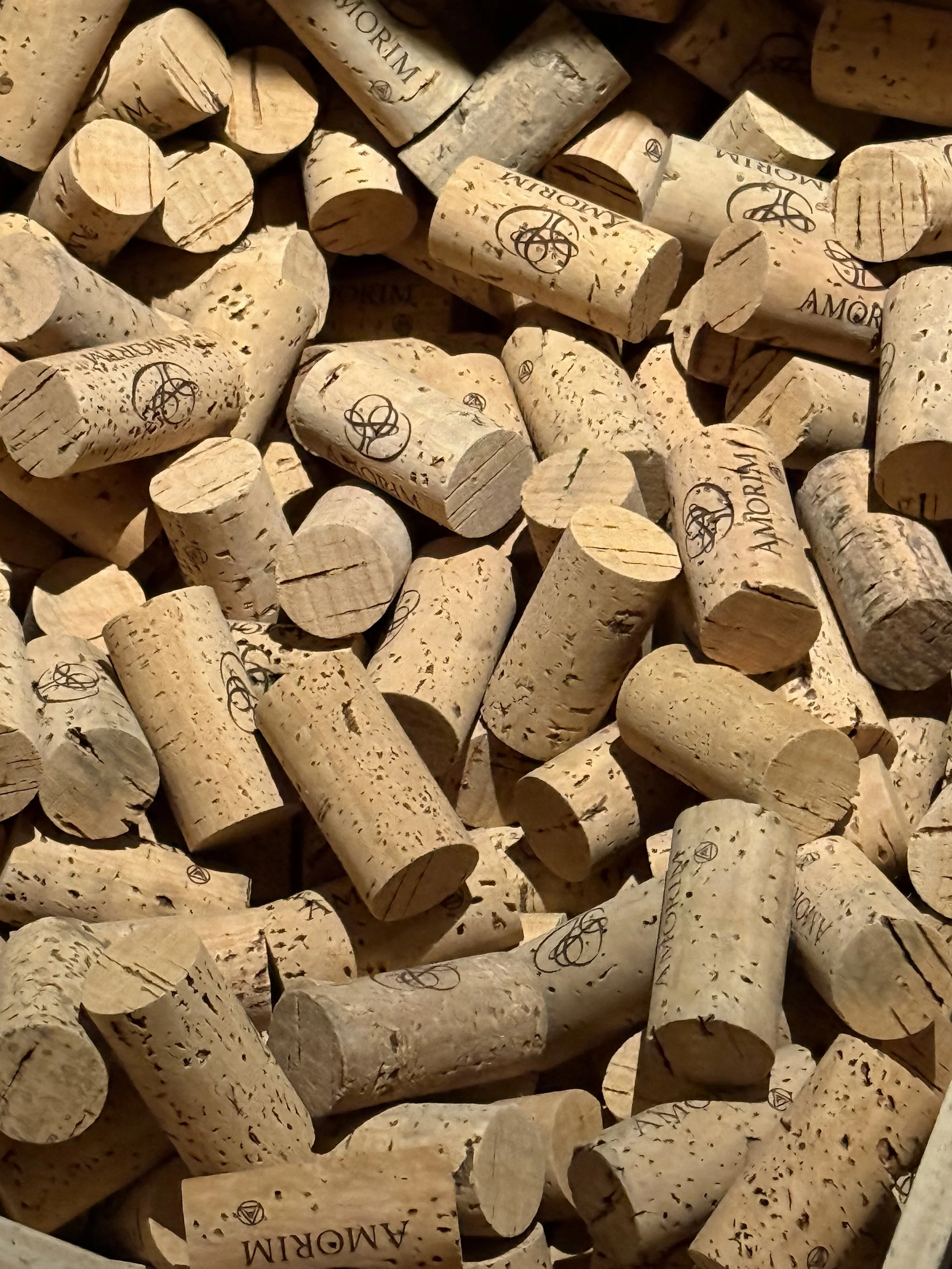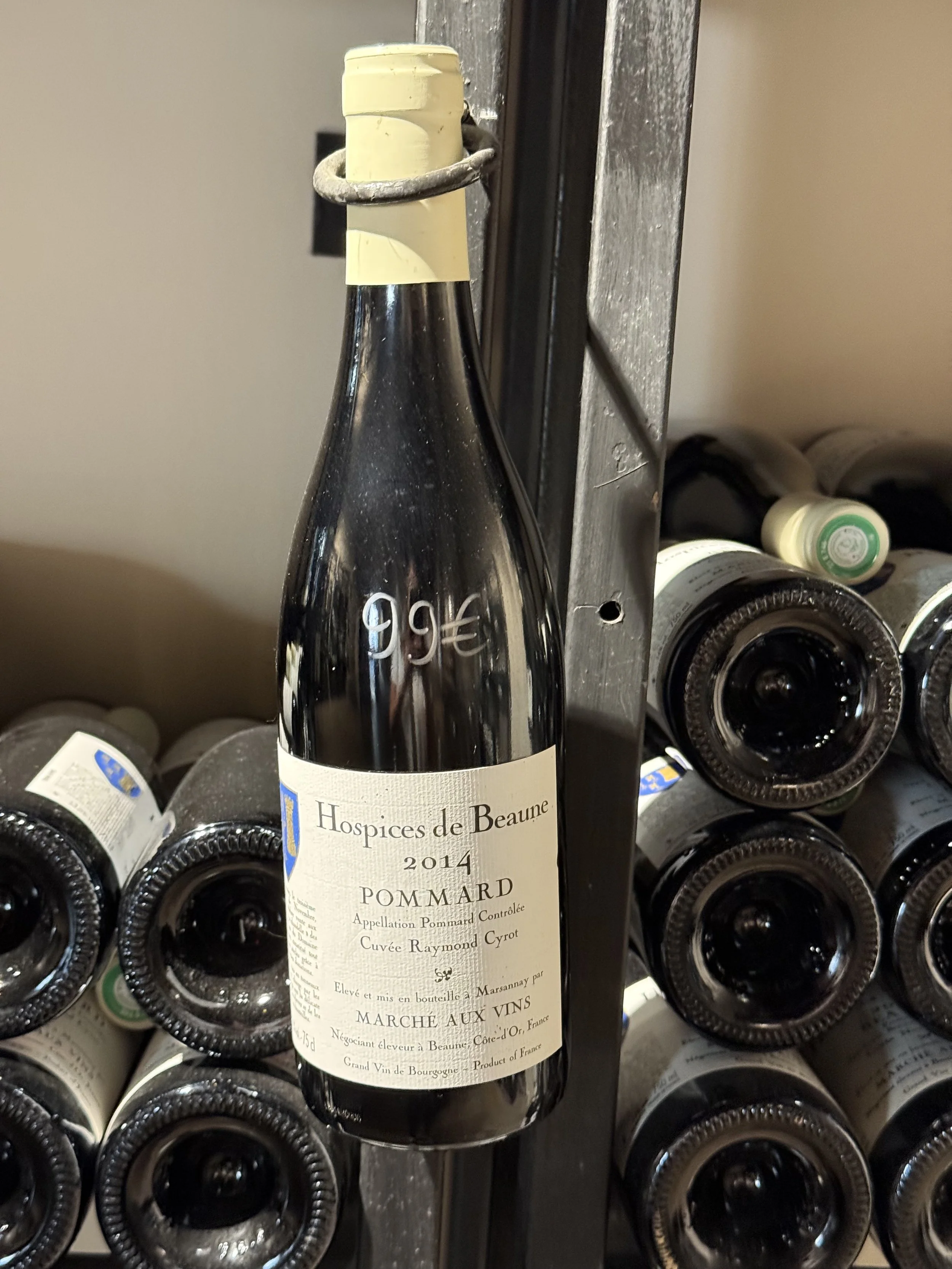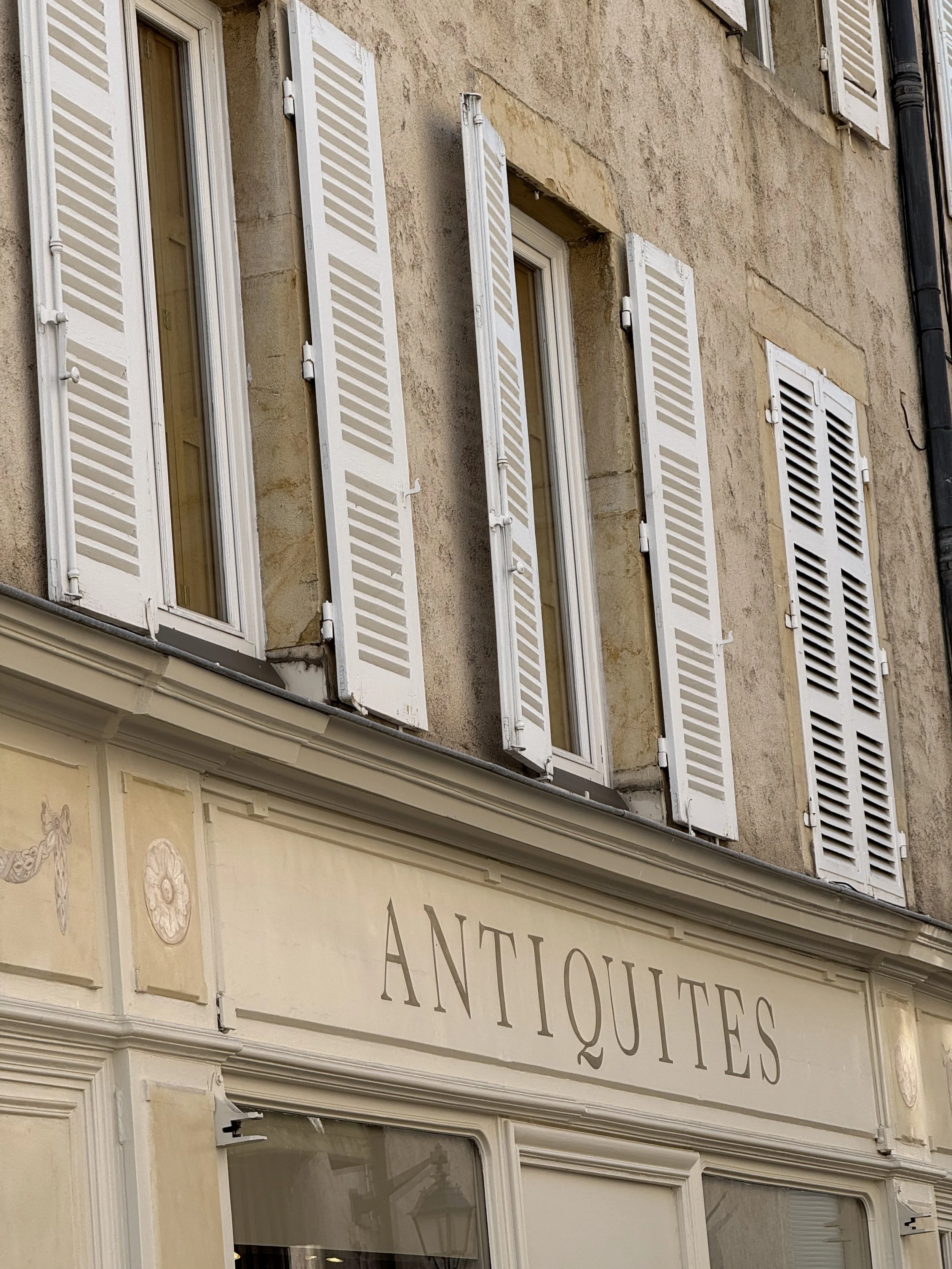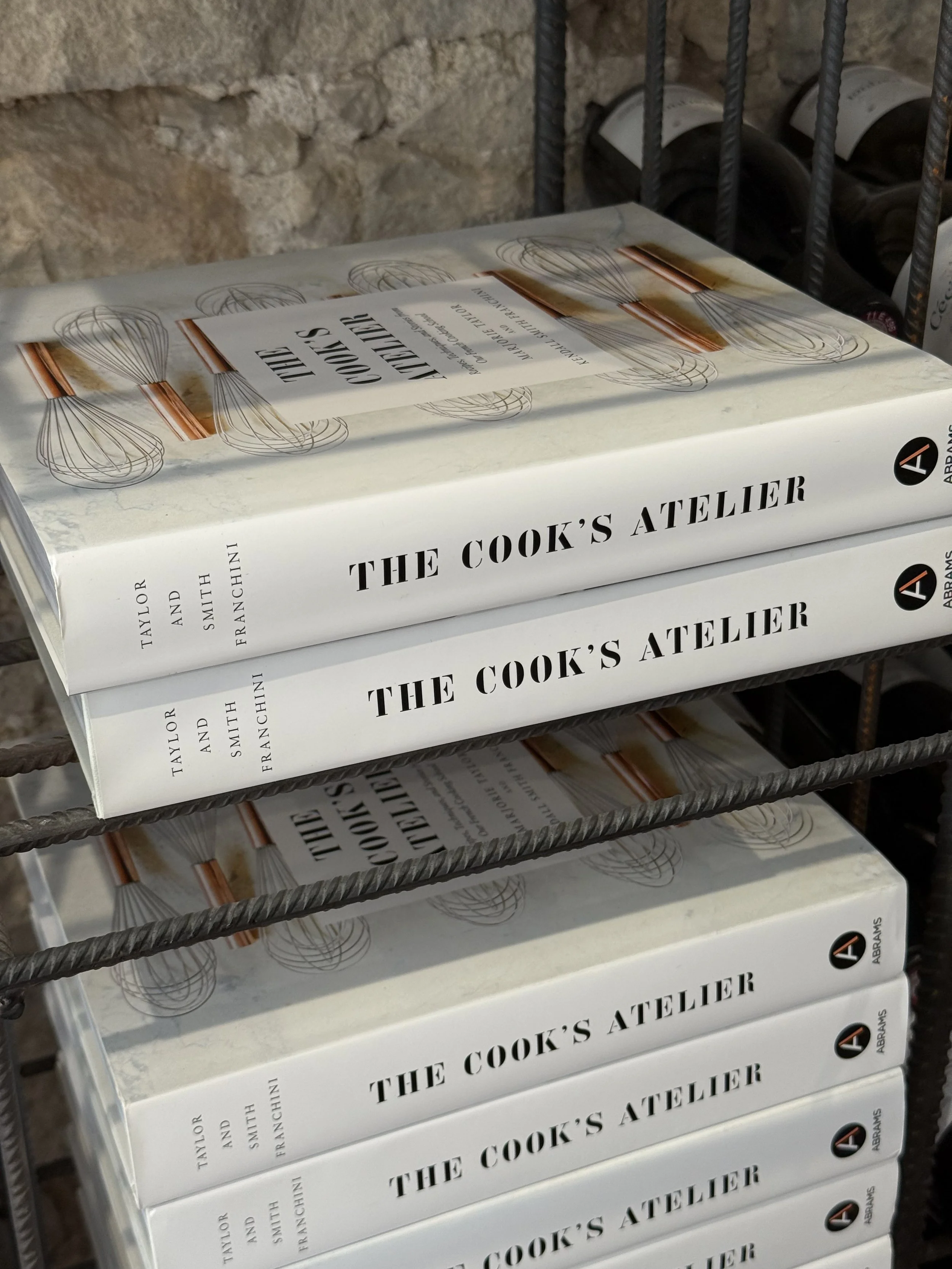Exploring Beaune – A Solo Journey Through Wine, History, and Heart
I’ve discovered that there is a particular kind of magic found in travelling solo — especially in a place like Beaune in Burgundy where history, wine, and beauty unfold around every corner. This is a personal invitation to step into my mid-life adventure through cobbled lanes, candlelit cellars, and conversations with strangers who felt like old friends. Join me as I first discover how important wine is to this region and town and then let me introduce you to the world renowned cookery school, The Cook’s Atelier and come and explore what it means to be French at Heart.
Some years ago, I spotted The Cook’s Atelier cookery school online and added it to my vision board. It had been sitting there, staring back at me, so I decided I would finally visit. As much as I would have loved to attend their five-day cookery class, time only allowed me to do the one-day “A Day in Burgundy” workshop.
I sent my email, waiting to hear about available dates, but sadly nothing aligned with my availability in 2024. So I tried again in 2025, and the date that was available was Friday, 9 May. Ironically, this coincided with my daughter’s first half-marathon in Geneva, giving me the perfect excuse to swing by after the workshop. So I took the opportunity and booked.
In my eagerness to visit The Cook’s Atelier, I overlooked its location—not literally, of course, but I hadn’t properly investigated how I would get there. I hoped to travel by train, but when I started planning the route, I sadly realised it was surprisingly expensive, which was disappointing. Looking at the options, I saw I could travel via Paris to Dijon or Lyon. Since flights to Paris were affordable and the timings worked better, I chose to fly and then take the train from Paris CDG to Beaune via Lyon—with onward travel to Geneva through Dijon and Lausanne in Switzerland. As both journeys required train changes, I felt it best to travel on the Saturday to ensure I could arrive in Geneva on time for the half-marathon on Sunday.
I chose central hotels in Beaune, I wanted to be close to the town but also able to walk from the train station. The location of my hotels was perfect, I had decided to change hotels to a more affordable option for the Friday night. In hindsight, I would rather have stayed in one place, switching hotels for a short stay can feel disruptive with all the packing, early check-outs, and delayed check-ins.








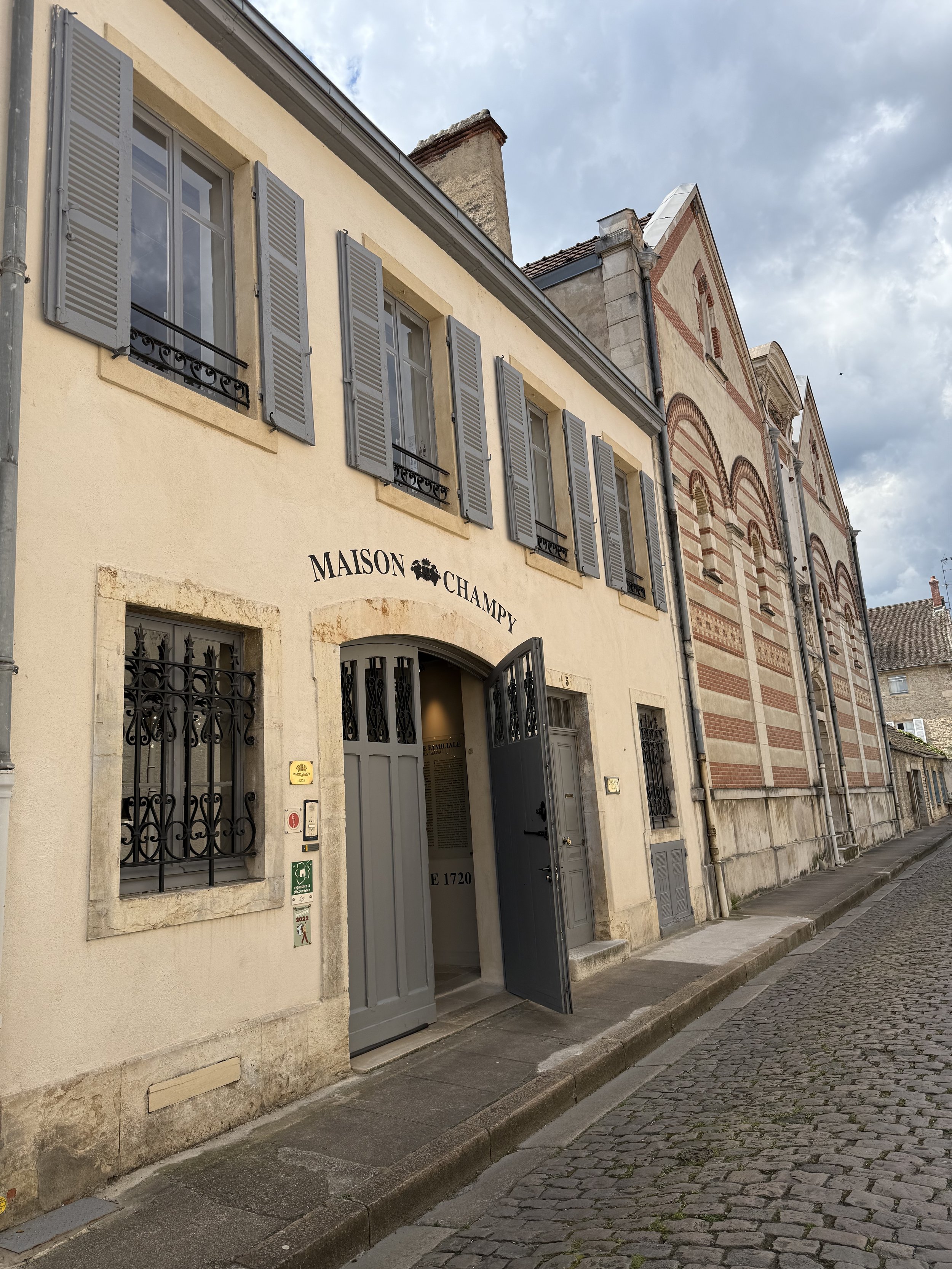

















As I packed my cabin bag with a simple capsule wardrobe, mainly White Company pieces, which I find practical and easy to mix and match, I began to doubt my ability to travel that far on my own and navigate the itinerary, especially with very limited French. My husband kindly dropped me at the airport early, reassuring me that I would be fine and to trust myself and my planning.
The seamless 50-minute flight landed early in Paris, and I made my way to the Charles De Gaulle train station with two hours to spare before my connecting train to Lyon. I sat quietly in a cafe called Paul’s, eating a bircher pot and sipping my coffee, my connection was on time; I was just waiting for the platform announcement. Slowly, as I sat watching the comings and goings, I could feel my nervous system start to settle.
When I found my pre-booked seat with the luggage rack directly behind me, I started to relax further and began to enjoy myself. There is a real anxiety about catching the right train and making sure your luggage is safe, but on this leg of the journey, the small carriage with large, comfortable seats was nearly empty. With just one quick stop between Paris and Lyon, I could enjoy the two-hour journey in peace.
As the French countryside swept by and I travelled at speed toward my long-awaited cookery day, I began to focus on the time I would have to explore Beaune. (Pronounced “Bon.”) It’s an historic medieval village nestled between Lyon and Dijon and considered the heart of Burgundy wine country. Home to many wineries, historical landmarks, and even a mustard museum, the surrounding villages and vineyards form one of the most celebrated wine regions in France. So it seemed only right to visit a few wineries during my stay.
After successfully navigating Lyon train station, I took the slower commuter train to Dijon and continued the hour-and-forty-minute journey to Beaune.
As I stepped down from the Gare de Beaune steps, I noticed on my phone that the route to my hotel took me along the tree-lined avenue ahead—Avenue due Huit September 1944. Named to commemorate the liberation of Beaune from German Occupation on that date in World War II. It also felt like a sign that I was on the right path, as the 8th September was my grandmother’s birthday.
As I slowly walked the 15-minute route from the train station to my hotel, the beautiful town of Beaune unfolded in front of me. I passed city walls, an old moat and chateau, wandered through cobbled streets flanked by shuttered buildings, historical churches, and monuments. In the distance were the spires and brightly coloured tiled roofs so iconic to the region. Tree-lined avenues and lively squares, pavement cafés, charming restaurants, bakeries, and wine and cheese shops all welcomed me to their town.
I quickly settled into my first hotel, The Central Boutique, perfectly located in the heart of town and decided to explore. Although I had asked the hotel for a suggested walking route, I soon found myself wandering down small alleyways, drawn in by the buildings and architecture. I was entranced. I had been so fixated on the cookery day that I had overlooked what else this trip might offer. I was grateful I had added an extra day to my itinerary.
The helpful hotel staff recommended I visit Patriarche, which was just a short walk away and home to some of the largest wine cellars in Beaune. As I wandered the town, I stumbled across Maison Champy, down a small side street, and decided to book both winery tours for the following day.
Beaune is also famous for the Hôtel-Dieu, a former hospital for the poor. With a bit of time between wine tours, I also added it to the next day’s itinerary.
That evening, I had dinner at Bistrot Anthocyane, a small but welcoming restaurant just off the main square. It was lovely for a solo traveller. The menu was small—three starters, three mains, and a couple of desserts, but the food was delicious. I had lamb sausage with sweet potato fries, sun-dried tomatoes, and a herb dressing, followed by apple crumble with a vanilla and elderflower glaze—accompanied, of course, by a glass (or two) of local white wine.
Just behind the main square and shopping street, Rue Paradis, you will find the charming timber-framed building of Musée du Vin – Hôtel des Ducs de Bourgogne (Wine Museum). Sadly, I did not have time to visit this time, but it showcases the rich history of winemaking in the region. Opposite the museum is a lovely café and wine bar called Crème, perfect for a light breakfast or coffee before a day of exploring. It became my go-to breakfast stop during my stay.
The next morning, I began with my first wine tour at Patriarche. I had seen the back of the building the day before, and thought it was a modern building and entrance. To my surprise, Patriarche was an historic former convent dating back to 1796, founded by Jean-Baptiste Patriarche. The winery tour winds through a chapel and into extensive underground cellars that run beneath the streets of Beaune. It is a self-guided experience, with tasting stops along the way. You can also book a private guide. Sampling six red and white wines, it was the perfect introduction to Burgundy.
With limited time, I grabbed a quick sandwich from one of the many cafes before visiting the Hôtel-Dieu. From the outside, it appears very simple, with an arched doorway and distinctive steeple. But once you pass through the entrance, you are met with a breathtaking courtyard. It felt like stepping into another world. I half-expected to transform into a medieval nun as I crossed into this magical portal. The audio tour takes you room by room, rich with sounds and stories that bring its history to life.
Founded in 1443 by Chancellor Nicolas Rolin and his wife Guigone de Salins, the hospital was a visionary place. It was run by the Sisters Hospitallers and designed with patient wellbeing at its core, from its chapel-adjacent wards to its gardens where herbs were grown for medicinal purposes and supplied the on site apothecary. I was amazed to discover that the hospital even had its own farm to supply fresh produce to the kitchens and provide grain for bread—true field-to-fork care to help the sick recover.
The Hôtel-Dieu also owns vineyards, which were previously donated to the hospital. The vines produce the “Hospital Wine,” which is auctioned annually each November during a 3 day auction and wine festival. Proceeds from the sale of the wine are used to fund the upkeep of The Hôtel-Dieu and help support local care homes. I was completely taken aback by such a forward-thinking place, centuries ahead of its time.
Leaving the Hôtel-Dieu, I walked through cobbled streets to Maison Champy, which I had spotted the day before. The contemporary glass-roofed tasting room had drawn me in. From the outside, Maison Champy looks like a residential house with grey shutters, unlike the grandeur of Patriarche. However, once inside, you step into a cool, modern space of stone and light. Founded in 1720, Maison Champy is the oldest wine company in Burgundy, originally trading wines rather than producing them.
As we waited for our group tour to start, I wandered through the small museum that shared Maison Champy’s journey. Unlike Patriarche’s self-guided approach, this was a guided tour. We peered through glass onto the Vat Room (La Cuverie), where they still produce wine today. Red wines are processed offsite in nearby Pommard and Pernand-Vergelesses, but white wines are made in Beaune. The room itself was historically fascinating, its black steel beams were designed around 1890 by Gustave Eiffel, of Eiffel Tower fame, who lived nearby in Dijon. Louis Pasteur worked with Maison Champy, experimenting with temperature control to prevent wine from turning bitter. These discoveries whilst working with Maison Champy later became known as pasteurisation.
The tour was the perfect way to end a day steeped in the rich traditions, taste, and history of Burgundy.
As I literally weaved my way back through the historic streets of Beaune to my hotel, I was not only full of amazing Pinot Noir but also an odd sense of history trying to tell me something. I felt a lightness that I hadn’t felt in a while, again the wine I am sure, but it seemed more than this.
I think on reflection it was the joy I had got from learning! Discovering the history and ethos behind the two very different wineries, their dedication to the soils and the uniqueness of each individual plot which made it so special. The involvement of men in history who you only associated with their key achievements without fully understanding their journeys. The incredible Hotel Dieu or poor hospital with its incredible architecture and the foresight of Nicolas Rolin to create such an inspiring and fundamental legacy for Beaune. It was an example of field to fork, holistic medicine and wellness practices, together with the support of the income produced by its own wine that make these historic places, just as relevant today.
Although I wasn’t that hungry, I felt it would be wise to eat early. I had spotted a popular Italian restaurant the night before and enquired whether they had a table for one. One thing I try to do when travelling solo, particularly in a small restaurant or bistro, is to ask if they have a table for one either at the bar or somewhere out of the way, as I am mindful that I am taking up a table for two people. This is often appreciated by the owner and I find sitting at the bar is more relaxed and sociable when travelling alone. As I sat at the bar, enjoying my pasta dish, I honestly felt relaxed and content. Spending time in your own company, does not have to feel lonely, quiet the opposite in fact, I may have been on my own but I certainly wasn’t lonely.
As the day came to a close, I began to feel that sense of anticipation creep in, for what tomorrow might bring and what I had come all this way for. ‘A Day in Burgundy’ at The Cook’s Atelier cookery school. I had followed and admired founders and mother and daughter team Marjorie Taylor and Kendall Smith Franchini, from afar for years. I had no idea what to expect, who I might meet on the day or how it would unfold, but I was excited to see.
Join me in the next post, where I step inside the kitchen at the The Cook’s Atelier—and into a whole new experience.
We invite you to join our community and sign up to our monthly newsletter, sent to you on the 8th of each month with new experiences and places to discover.

